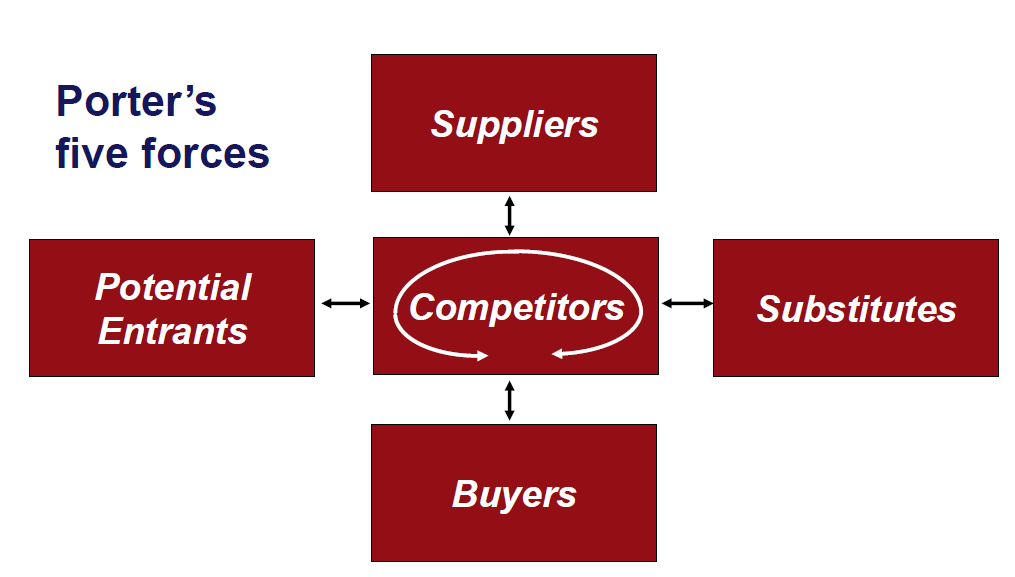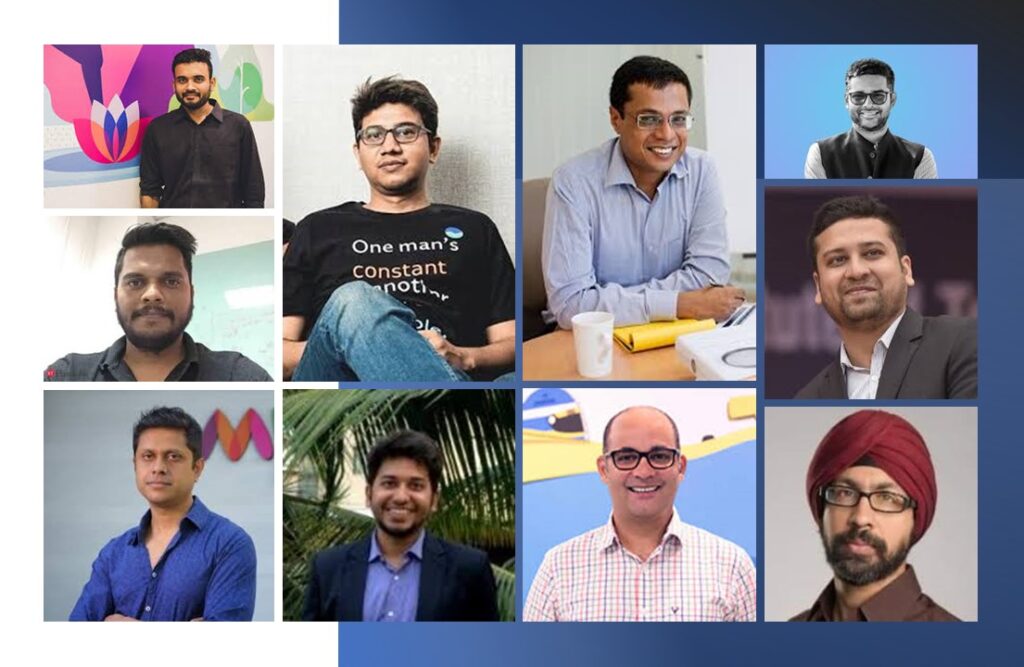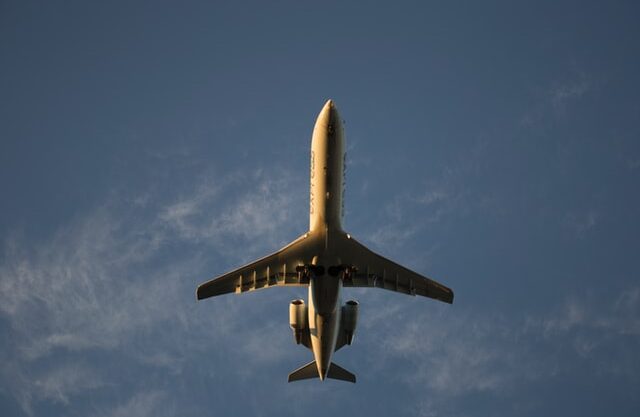Can a firm operate in a ruthless and unforgiving Industry and yet remain profitable? Can a firm consistently perform above industry average without having a differentiated product?
Well!! The answer is yes, and the firm I am talking about is Indigo- the airline company. Let us understand why it is nothing short of a miracle what Indigo has done and continues doing that makes it a unique success story of a perfect strategy in the loss-making Indian airline industry.
Indian Airline Industry competition and outlook
Airline Industry is the most lucrative and yet most ruthless industry to be in. India is the world’s third-largest aviation market in terms of passenger throughput. The passenger traffic stood at 341.05 million in FY20. It grew at a compound annual growth rate (CAGR) of 11.13% during FY16-FY20.
Domestic passenger traffic in India stood at 274.50 million in FY20, growing at a CAGR of 12.91% over FY16. India’s aviation industry is largely untapped with huge growth opportunities, considering that air transport is still expensive for the majority of the country’s population.
At the same time, several airlines have gone bankrupt, and the remaining ones are continuously making loss barring just one or two. Let us understand the Industry from Porter’s five forces.

- Suppliers’ bargaining power (Airplane manufacturers, Fuel suppliers), being almost oligopoly, is very high.
- Customers have acquired immense bargaining power due to the absence of differentiated products.
- Threats of substitutes are high due to no switching cost, and rivalry is intense due to higher exit costs. In addition to this, the cost of doing business is ever rising due to tighter rules and regulations imposed by DGCA.
With so many forces acting against a firm, it is difficult to consistently perform and survive in this industry.
The easiest way to become a millionaire is to start off as a billionaire and then enter the aviation business.
Richard Branson
Indigo: A roaring start of an airline company
IndiGo is India’s largest passenger airline with a market share of 55.5% as of October 2020. It primarily operates in India’s domestic air travel market as a low-cost carrier. The airline was founded in 2006 by Rahul Bhatia of InterGlobe Enterprises and Rakesh Gangwal. IndiGo has a total destination count of 87 with 63 domestic destinations and 24 International. It has a fleet of 284 aircraft covering 1500 daily flights.
Indigo reported in its financial report of 2019-20 that its Passenger ticket revenue increased by 25.0% from Rs. 251,576.91 million in FY 2019 to Rs. 314,470.59 million in FY 2020.

What strategy Indigo is using to script a rare success story in airline business
In a country where private airlines like Kingfisher and Jet Airways have shut the business, and the national carrier, i.e., Air India, is continuously registering loss, it is amazing to witness the emergence of Indigo that only started in 2006 to be the largest airline company in India.
In a highly competitive environment where acquiring a customer is an everyday challenge to survive, Indigo has thrived and prospered. To achieve this, Indigo has kept the focus on offering differentiated services.
Indigo gives high importance to three pillars of success; low fares, on-time, and hassle-free experience. Its aircraft do not carry a business class, unlike other airlines; nevertheless, many business travelers still prefer Indigo due to its high on-time performance. Indigo prefers to keep it simple and exploit the advantages of being a low-cost carrier. They don’t provide free meals like Air India. Also, they unapologetically charge extra for all additional services.
Key strategies that make Indigo a lower cost and on-time airline company
- Short-haul & point to point route structure, a common fleet with single class seat configuration, and high employee productivity.
- Lower aircraft acquisition costs achieved through bulk purchase strategy. Last year in October 2019, it placed an order for 300 A320 Airbus aircraft, making it one of the largest aircraft orders with a single airline operator.
- Lower maintenance cost due to newer and single type aircraft strategy
Read: Bajaj Auto: The Story of an Indian Born Global Brand
Building Operational synergy –
Indigo has very high on-ground efficiency with a turnaround time of 20 minutes. It has achieved this by taking a couple of measures such as defining work for every minute, whether between the time-of-flight arrival or flight departure. Every minute has some work assigned. This tight schedule helps in clearly specifying each individuals’ roles and bringing greater efficiency.
While pre-flight briefing is very common in the airline business but Indigo also conducts post-flight briefing. This is done to understand how further improvements can be made in the overall operations, a kaizen approach. Due to these measures, Indigo almost keeps every aircraft in the air on an average for 12 hours every day.
Building Financial Synergy –
Indigo has maintained a robust financial control system, which helps manage working capital efficiently. It has also put proper policies and procedures to safeguard its assets, prevent and detect frauds, and timely prepare reliable financial information.
With all these activities being so evident, one can think about what is stopping other firms from adopting the same measures and take a share of the profit Indigo is making. The bitter truth is Indigo has created something inimitable that too without having any access to rare resources, copyrights, or patents.
This inimitability is created because all the activities Indigo performs like operational or financial efficiency measures, get reinforced over each other, leading to strategic fit.
Clearly defined tasks for each ground staff lead to a lower turnaround time of 20 minutes, which helps keep the flight on time and better per flight utilization capacity. Moreover, this fit among activities substantially reduces cost. Strategic fit is tough to achieve but once achieved. It becomes challenging for competitors to imitate, thus establishing a sustainable competitive advantage for the firm.
The path ahead: Identifying new opportunities and competencies
Although Indigo has been performing consistently and remaining on the top league table of the airline business using a combination of strategies, the competition will get fierce as the industry will soon witness some consolidation through mergers and acquisitions. Such Mergers will help bring overall efficiency in the airline space.
Read: How Tigerair used Infrequent flyers to its advantage?
Indigo would have to deliver on low-cost and differentiated services and look for other diversifying avenues if it wishes to continue as the most preferred airline company. In India, the air cargo business is expected to get a major boost in the coming years. India’s total air cargo volumes reportedly grew to around 3.75m tonnes in the financial year 2019, a 7.5% growth rate. Indigo can also look in this space and leverage its highly efficient management skills to tap into this area.
In addition to this, Indigo also needs to develop competencies to align its operations so that it reduces the carbon footprint of its operations from the airline Industry apart from maintaining the standard safety measures.
A strategy of building a robust network and an intelligent fleet plan supported by systems, people, and a clear vision has been and will continue to be the key to our success.
Indigo CEO Ronojoy Dutta
Interested in reading our Advanced Strategy Stories. Check out our collection.
-AMAZONPOLLY-ONLYWORDS-START-
Also, check out our most loved stories below

Why did Michelin, a tire company, decide to rate restaurants?
Is ‘Michelin Star’ by the same Michelin that sells tires, yes, it is! But Why? How a tire company evaluations became most coveted in the culinary industry?

Bajaj Auto: The Story of an Indian Born Global Brand
Bajaj Auto has evolved tremendously over time from its traditional scooter Chetak to having the trendiest bike Pulsar. It has managed to stay relevant.

Jio’s Offensive Marketing Warfare: From Challenger to Leader
In just 4 years Reliance Jio has become the Indian telecom market leader due to its marketing warfare strategies. What is this strategy and how Jio used it?

Johnnie Walker – The legend that keeps walking!
Johnnie Walker is a 200 years old brand but it is still going strong with its marketing strategies and bold attitude to challenge the conventional norms.

Flipsters: Creating the Butterfly effect in Indian Startup Ecosystem
How is it that ex-Flipkart employees or Flipsters as they call themselves have achieved such massive success in the Indian Startup Ecosystem?

Nike doesn’t sell shoes. It sells an idea!!
Nike has built one of the most powerful brands in the world through its benefit based marketing strategy. What is this strategy and how Nike has used it?

Domino’s is not a pizza delivery company. What is it then?
How one step towards digital transformation completely changed the brand perception of Domino’s from a pizza delivery company to a technology company?

Why Indians love Old Monk? What is the revival plan of the dying brand?
Indians especially armed forces and college students for generations have loved Old Monk. What makes this rum so special? It’s classy, dark yet affordable.

IKEA- The new master of Glocalization in India?
IKEA is a global giant. But for India, the brand modified its business strategies. The adaptation strategy by a global brand is called Glocalization
-AMAZONPOLLY-ONLYWORDS-END-
















